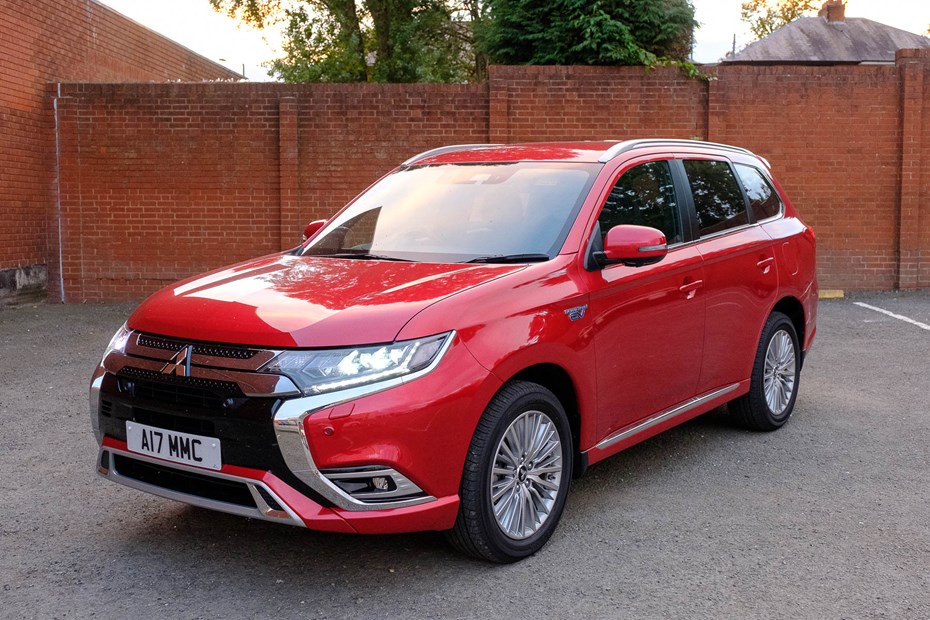The internet has made it easy to reach thousands of potential buyers for free if you need to sell your car. Online car-selling platforms, like the Parkers Cars for Sale section, can direct buyers straight to your advert and even provide handy forms to input all the relevant details. All that’s left to do is take some great car photography to include in the advert – and that, too, has never been easier, thanks to impressively capable modern cameras and phones.
With buyers scrolling through ads at lightning speed, grabbing attention with great photos is more important than ever. Sites like eBay Motors let you upload multiple pictures, giving you plenty of chances to make your car stand out.
We’ve got some simple tips to get you started, common mistakes to dodge, and easy ways to level up your car photography to make your ad shine.
How to photograph your car for sale
Make your car shine
You’ll want to start with a clean car, and a suitable place to photograph it. Unless it’s a project or you want to highlight bad areas, give the car a thorough exterior clean, and if it has faded plastic headlights try giving them a polish with a restoration kit first, as the yellowed lenses often look far worse in a picture than they do when you see the car every day. Alloy wheels can be tricky to clean but it’s worth doing to show the car off at its best, and a microfibre cloth can be good for removing streaks from washing that might show up in the photos.
Find a suitable location
Then it’s time to find a nice place for photographing your car. This might mean driving a few minutes to find somewhere more appropriate than your driveway or the road outside your house, but the effort will be worth it.
Ideally you want a clear and level area without too much clutter around the car or rubbish in the frame, and a neutral background too – an open landscape, a wall, an empty car park, or some greenery all look better than busy parking areas full of other vehicles, signs, people, and houses.
Plan according to the weather
You should have around 10 metres of clear space between you and the car. A bright but overcast day is best for lighting – bright sunlight might seem like a good idea, but it can cast harsh shadows. A sunny day is better than a rainy one though, and you can still work with it: just remember to shoot with your back to the sun, rather than towards it, something we cover in more detail below.
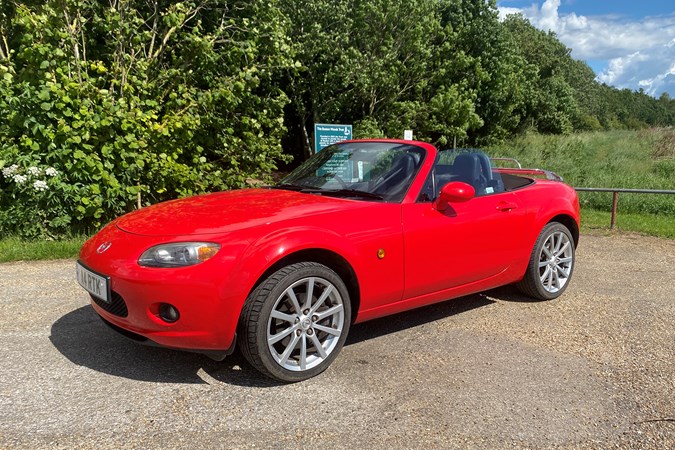
Exterior shots
Stand back from a front corner and centre the car’s door mirror or front door handle in the frame as a starting point. Try different positions, including crouching down or holding the camera a bit higher, if that helps make it look good.
It doesn’t matter if the car isn’t filling the frame as you can crop later – in fact leaving a bit of space will mean buyers looking on mobile are more likely to see the whole car regardless of screen size.
You want four images like this, one for each corner, as that gives a complete view around the car very quickly. If you’ve got a smartphone with multiple lenses the ‘telephoto’ or ‘zoom’ one will give a flattering perspective and reduce the need to crop the image. There’s no need to take multiple images from every possible angle around the car – online sales platforms often give you a limited number of free spaces for photos, and twelve photos of the left hand side of the car won’t leave much space for the front, the back, the right-hand side, the interior…
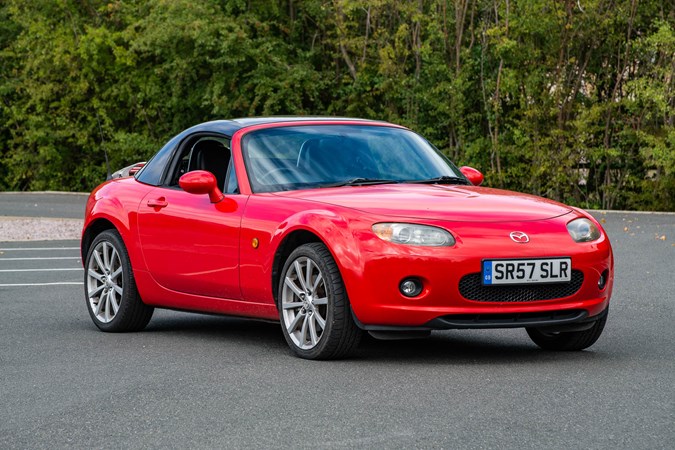
Most mobile phones have a wide field of view thanks to using a wide-angle lens – try to avoid going too close to fill the frame as the car will look curved. Compare the Mazda MX-5 above with the same car below.
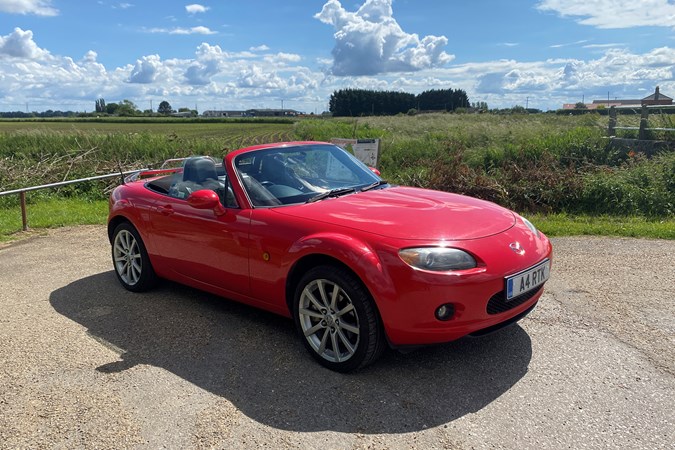
Depending on your location, you might want to move the car for doing the front and back images so the background stays the same, or it might be spacious enough to just walk around. However, if the sun is low and one half of the car is in shadow, do move it so the side you are photographing is well-lit – otherwise most of the car will be hard to see, as above.
Take profile pictures of both sides, and straight on front and back. You may not want to use them in an advert, but they’re good to send to interested buyers. If it’s a convertible, you will want to do these pictures twice – once with the roof up, and again with it down.
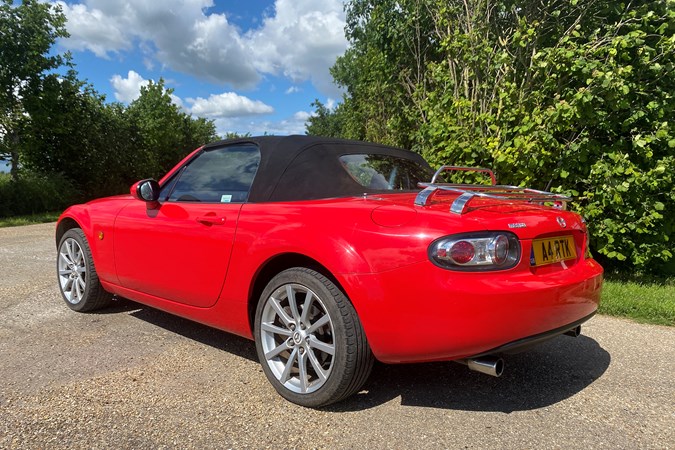
Interior shots
For the interior, find a shaded space so it’s not all shadows and glare, then sit in the back and take a picture of the dashboard and front seats. You can aim the camera down slightly to capture more of the seats, rather than everything outside the windscreen.
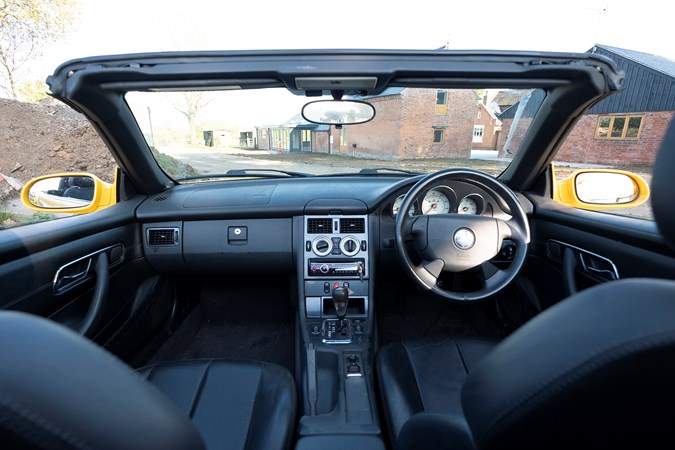
You might want to show the condition of the seats in more detail; try aiming the camera between the windscreen/pillar and open door. This is where your smartphone’s wide angle lens is an advantage!
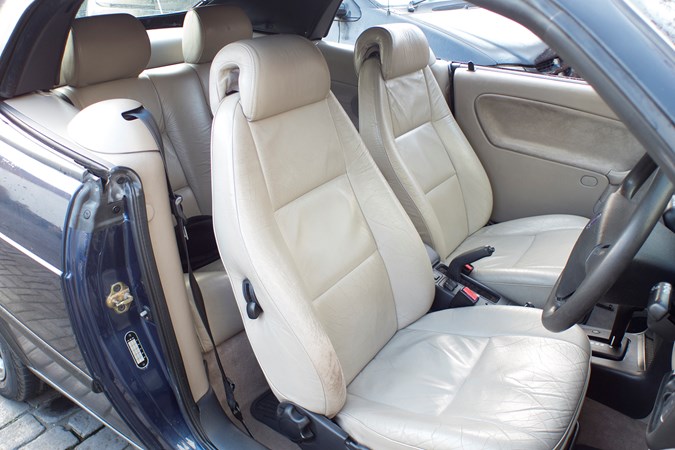
This is usually enough for an online advert, though if there’s damage, or you have expensive upgrades like large alloys, sophisticated climate control or upgraded in-car entertainment, they’re worth photographing well at the same time as the rest of the car. Even if you don’t use them in the advert you can send them to interested buyers without having to go and take more pics.
A detailed under-bonnet shot for performance models, or a clean and tidy boot for estate/family cars, will tempt those specialist buyers as well.
We don’t recommend covering the number plate unless it is a private plate that isn’t included with the car and has already been removed, as it usually looks like an attempt to hide the car’s history or prevent people checking the MOT status. As a rule, buyers who are going to do that before asking about the car are going to be easier to deal with if they do decide to get in touch.
How to get great quality images
Composition and framing are the basics of all photography, and are just as relevant whether you’re taking basic, clear snaps to sell your car, or if you’re looking to move on to something more artistic and sophisticated. You’ll get the most flattering results for car exteriors when you’ve got room to stand back, avoiding distortion and making the car look big relative to the background or horizon.
With a wide-angle lens and close up, this Renault 4 (below) would be distorted and there would be a lot of detail of the garden and grounds behind it. A long lens highlights the narrow, boxy shape, and keeps the focus on the car rather than the scenery.
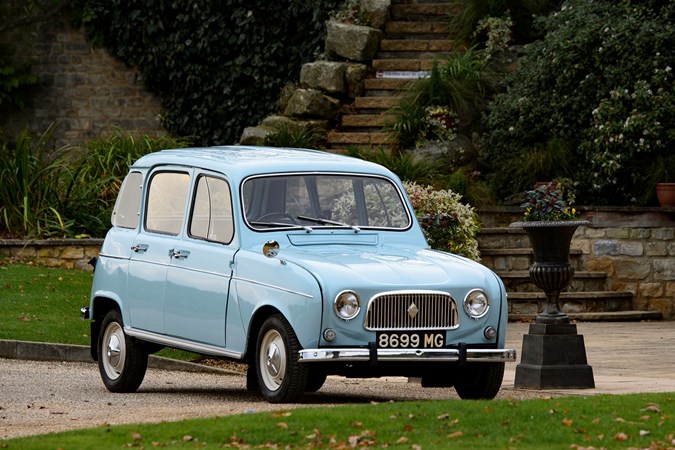
The image of the PT Cruiser below shows how not to do it; it’s a quick iPhone snap. There’s a cluttered background, the wide angle lens has distorted the car, and the lack of a polariser means lots of unwanted reflections in the paintwork. Image editing programs can fix plenty of ills, but it’s better to start with a great image in the first place.
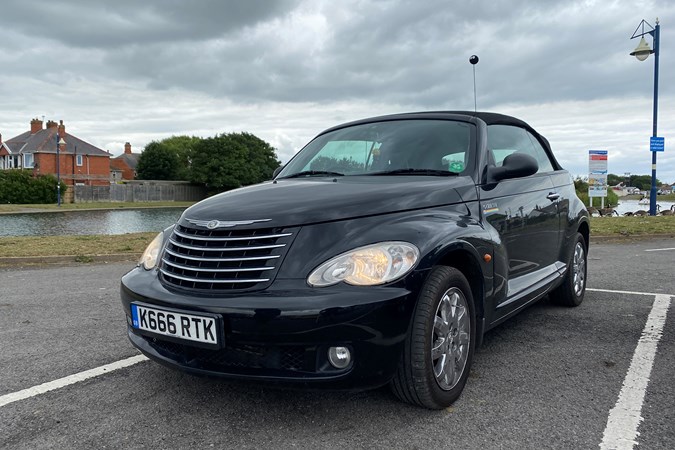
If you are using a traditional (DSLR or compact) camera, choose a lens around 75mm (most compacts give their equivalent) and stand about 10-15m (two to three car lengths) away. This will keep the front and rear of the car in proportion with the background and create a flattering perspective. Cameras with high-resolution sensors are more flexible, it doesn’t matter too much if you only have a standard (50mm) lens as you can often stand a similar distance away and crop the picture later.
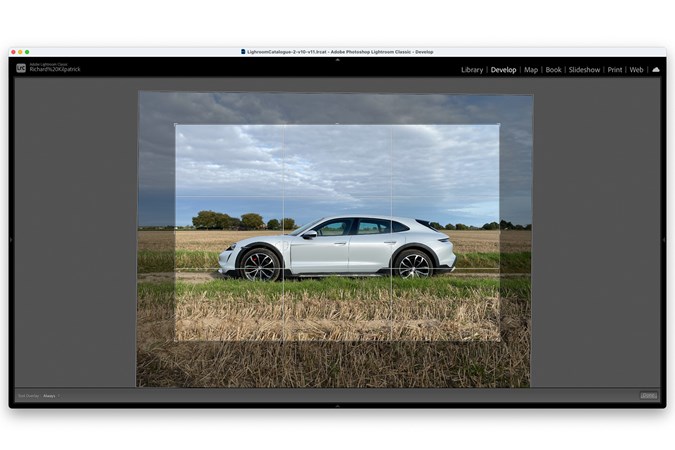
Smartphones usually have wide-angle lenses and lower resolution sensors (though there’s still plenty of scope for cropping to web resolutions). You don’t need to stand as far back to get the whole car in the frame, and you may find a good composition just a few paces backwards from the car, but it’s still better to keep a good distance from the car and crop to keep the proportions right, instead of getting closer to fill the frame.
Cameras in smartphones differ wildly and getting the best out of them is an article in itself. If you have an iPhone ‘Max’, you’ve got a great combination of lenses for interior and exterior images. If you have an Android smartphone with a really high resolution sensor, even if it doesn’t have different lenses, you can safely use the digital zoom and still get a large enough file. In fact, the only ‘bad’ combination is a low-resolution sensor plus digital zoom, as it has no benefit over cropping.
Always make sure the car is in focus, too. Most modern cameras and smartphones make this very easy – a half-press on the shutter of a camera will usually focus, while on a smartphone, tapping on the screen in the area you want in focus will do the job. It might sound obvious, but before you start taking photos, make sure the lens is clean from smudges and fingerprints too, otherwise your photos could look fuzzy and indistinct.
The light – and shadow – makes a difference
Whether you’re selling a car, or just want to share a cool spot at a show or on the street for your Instagram feed, there are a couple of things that can really help those images pop.
First, on shiny glass and paintwork, reflections are both your friend, and your enemy – and you’ll want to control them. When using a camera it’s easy, you just add a circular polariser (CPL) using the filter thread on the lens. Once quite expensive, you can now get good quality circular polarisers for very little outlay even in larger sizes.
The CPL is arguably the most useful accessory you can add for photographing cars, as it allows control of reflections on bodywork and windows. Smartphone lens accessories often include these filters as well – even dash cams have stick-on polarisers to cut glare, but they’re generally a fit-and-forget piece that can’t be adjusted.
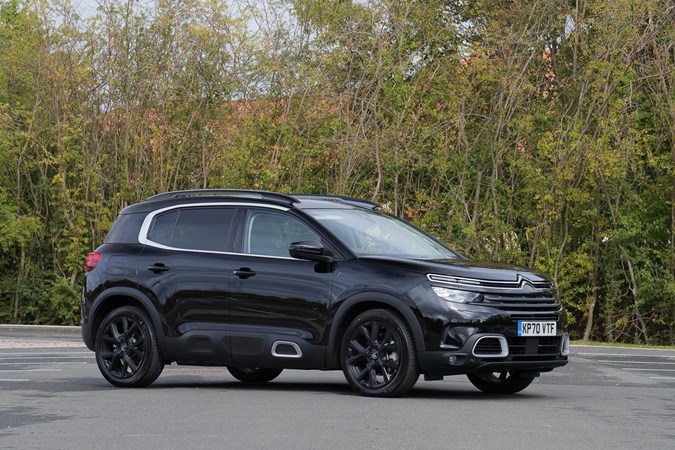
This Citroen, above and below, has been photographed using a circular polariser to remove reflections from the side. There’s a side effect, however. Polarisers control light approaching the lens from a given angle (the same tech is used to make privacy screens for monitors). Notice that removing the paintwork reflection allows a bigger reflection on the windscreen. Like everything, choose the result you like best; for a reflection-free image in these circumstances the in-depth approach is to take several images and make a composite.
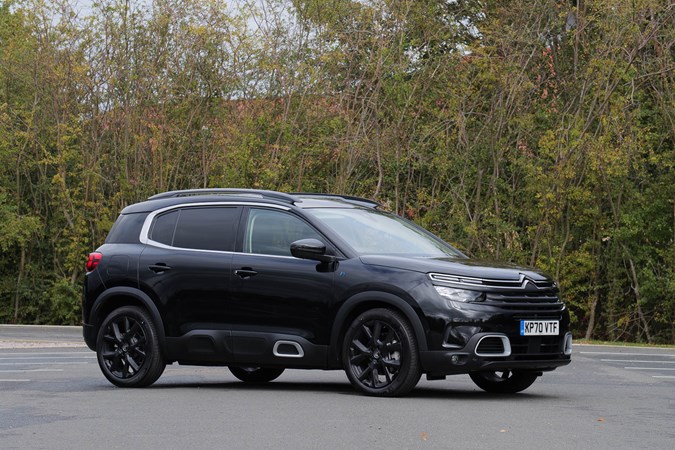
Second, look out for what shadows are doing; place yourself – and the car if you can – for the best lighting and lowest glare; try and keep the sun behind you as a starting point (but watch out for your shadow in the frame, particularly if the sun is low in the sky which casts longer shadows). Your camera or smartphone flash will add reflections if the car is in shadow and not much else.
Consider the time of day you’re photographing too. If you’re prepared to go out around sunrise or sunset then you can benefit from what photographers call the ‘golden hour’ or ‘magic hour’, when light is redder and softer, and shadows aren’t as harsh. If you have a tripod to account for potentially slower shutter speeds, ‘blue hour’ (before golden hour in the morning, after it in the evening, before the sun has risen or set) can also give your photos a unique and softly-lit look.
If you’re at an outdoor car show with friends, the best thing you can get is a white or silver pop-up fabric reflector. Just pop it open and bounce the sunlight to the shadowed side of the car, and you’ll get a great, natural-looking image. For indoor shows it’s better to take advantage of the impressive high sensitivity of modern tech – or use a tripod – than try using flash, particularly if there’s a lot of artificial light already.
While we’re at the car show, if you’ve taken the time to travel there and really want pictures of cars rather than people, a more advanced camera will let you choose long exposures. In addition to a tripod, you may need a neutral density filter to make this work, but it’s great for indoor events. Pop the camera on the tripod in aperture priority mode, set the ISO as low as you can and the aperture as small as necessary to get an exposure between 30 seconds to two minutes. Depending on the crowds, you’ll usually get a clear, crisp image of the car – and no people!
This can also be useful if you want to photograph your own car in a busy place.
While these guidelines are for getting the most ‘realistic’ look of a whole car, don’t be afraid to play with close up, wide views of details, or tightly-cropped shots of lights, trim or wheels. All that really matters is if you’re happy with the pictures you’re taking.
How to improve your smartphone images
Most smartphones since 2015 can take excellent pictures of cars, with just the right field of view and vivid colour rendition, plus enough resolution for any reasonable use. Most smartphones also come with various tools and shooting modes, such as HDR (‘high dynamic range’) settings or portrait modes which cleverly blur the background, replicating the effect you get from a camera lens with low depth of field. These are worth investigating before you take any photos so you can get great images straight from the camera. Not that you can’t make these photos even better though, with a few tricks.
One of the best smartphone image editing apps you can get, and it’s free, is Snapseed. It has simple recipes for popular looks, but also offers intuitive, detailed control of shadows, detail and cropping. Too much shadow, or overly bright sky? Use an HDR mode and you can often make the adjustments you need. Car looks a bit flat? Add some structure or detail. There’s no hard and fast rule here, just experiment and find the results that make you happy the way you want to, though the more extreme looks will probably put off potential buyers.
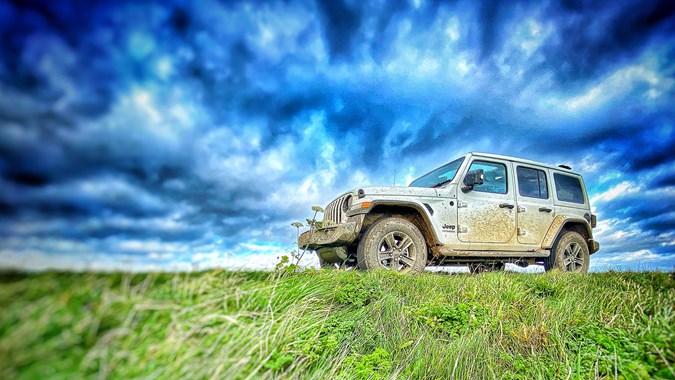
Think brochure, not album cover if you’re selling a car, but for social media and just enjoying making art, go wild.
You can also get apps that allow raw capture from the camera. This allows more flexibility in processing for HDR without the image degrading too much, as well as other benefits if you plan to delve deeper.
Finally, many smartphones now offer multiple cameras or portrait modes to blur backgrounds, and some (such as the Doogee S98 range) add night vision or thermal cameras. You don’t necessarily need a high-end camera to get advanced photographic tools, though it’s probably cheaper to have a second hand DSLR or quality compact camera and a functional smartphone than it is to buy the latest high-end iPhone – the lens quality of a standalone camera is almost always better than on even the fanciest smartphone camera.
Is it worth the effort of taking good pictures for an advert?
It’s easy to get disenchanted with the response from online adverts, particularly through free options such as Facebook Marketplace. But here’s a simple, personal experience. After months of advertising the same car with pictures hurriedly taken on the driveway, I decided to refresh the advert with a trip to a nearby farm with a wide open space and simple barn as a background. Within a few hours of spending 15 minutes on these new images, the car was sold.
And if you’re paying for your advert, it makes no sense doing anything other than getting the best you can.
So yes. It really is worth the effort.
Just so you know, we may receive a commission or other compensation from the links on this website - read why you should trust us.


